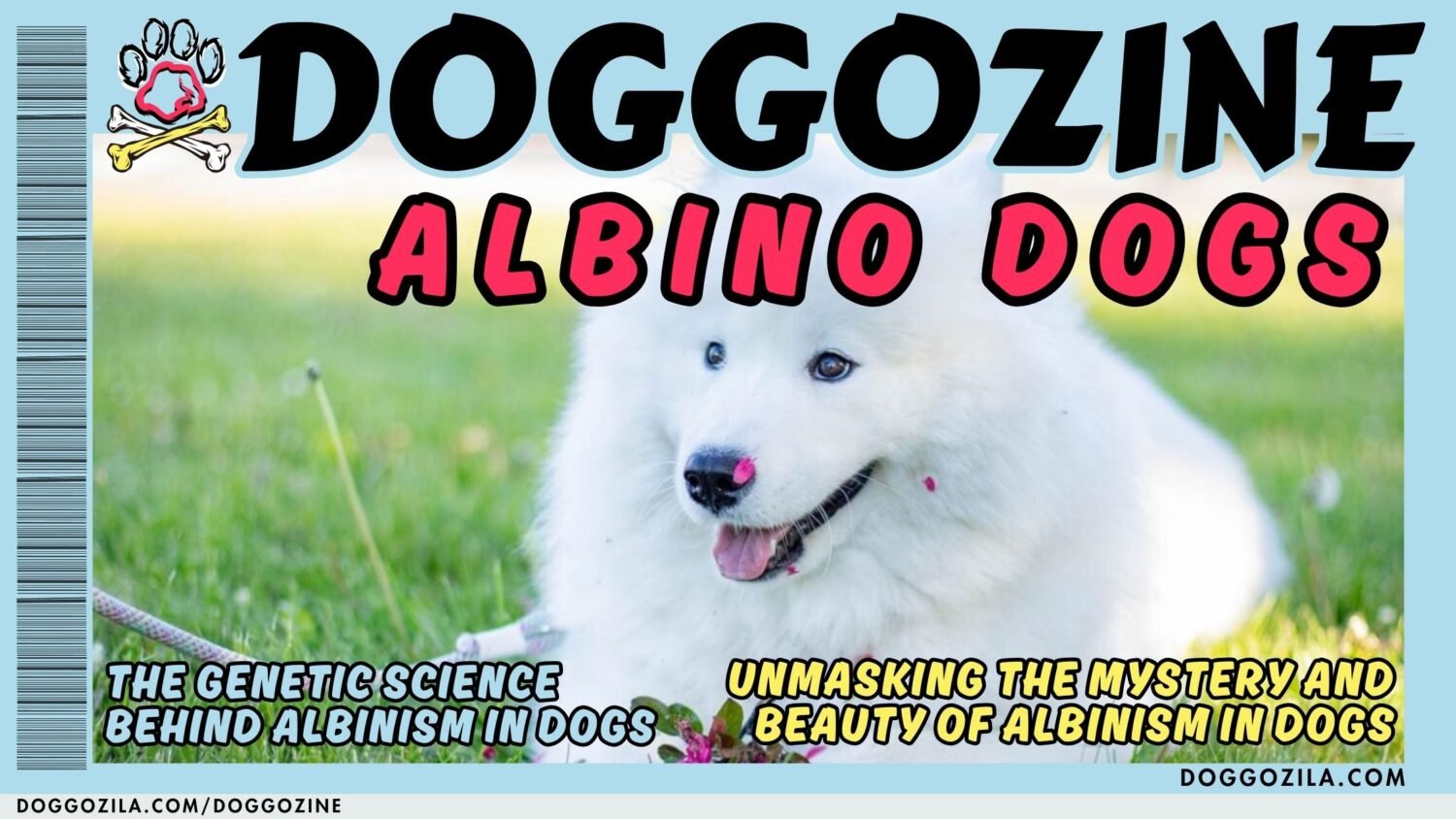Most people think they know what their dog is feeling just by looking at a wagging tail or a happy bark. Turns out, dog communication runs much deeper than that, with each ear flick and posture shift sending you a hidden message. Even more surprising, a single misplaced routine or misunderstood signal can actually unravel months of trust and training. Unlocking these subtle clues is the real secret to building a strong, lasting bond with your dog. Discover the 10 essential dog behavior tips to help you understand and improve your dog’s behavior. This article is helpful and perfect for all dog lovers!
„You’ve spent months on training, but one misinterpreted growl or a single stressed-out yawn can unravel all that hard-earned trust in an instant.“
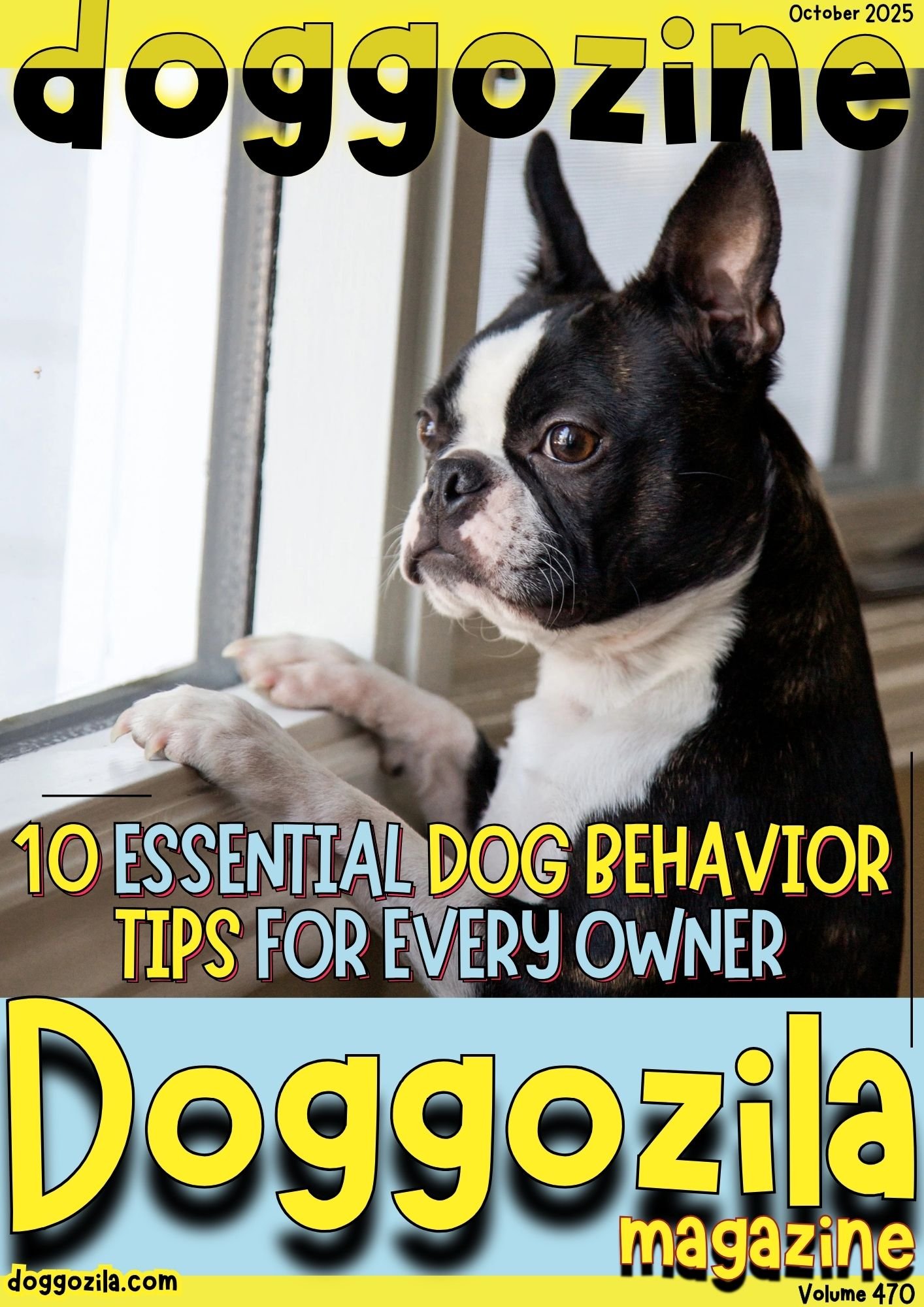
Quick Summary About The 10 Essential Dog Behavior Tips
| Takeaway | Explanation |
| Understand your dog’s body language. | Recognizing signals like tail position and ear posture helps you interpret your dog’s feelings and respond appropriately. |
| Establish a consistent daily routine. | A predictable schedule reduces anxiety and behavioral problems, providing mental and physical stability for your dog. |
| Use positive reinforcement for training. | Rewarding desired behaviors fosters confidence and strengthens your bond, making training more effective and enjoyable. |
| Provide regular mental stimulation and exercise. | Engaging your dog’s mind and body prevents boredom and promotes overall health, leading to a happier and better-behaved pet. |
| Seek professional help for persistent issues. | Professional support is crucial for serious behavioral challenges, ensuring that your dog’s needs are effectively addressed. |
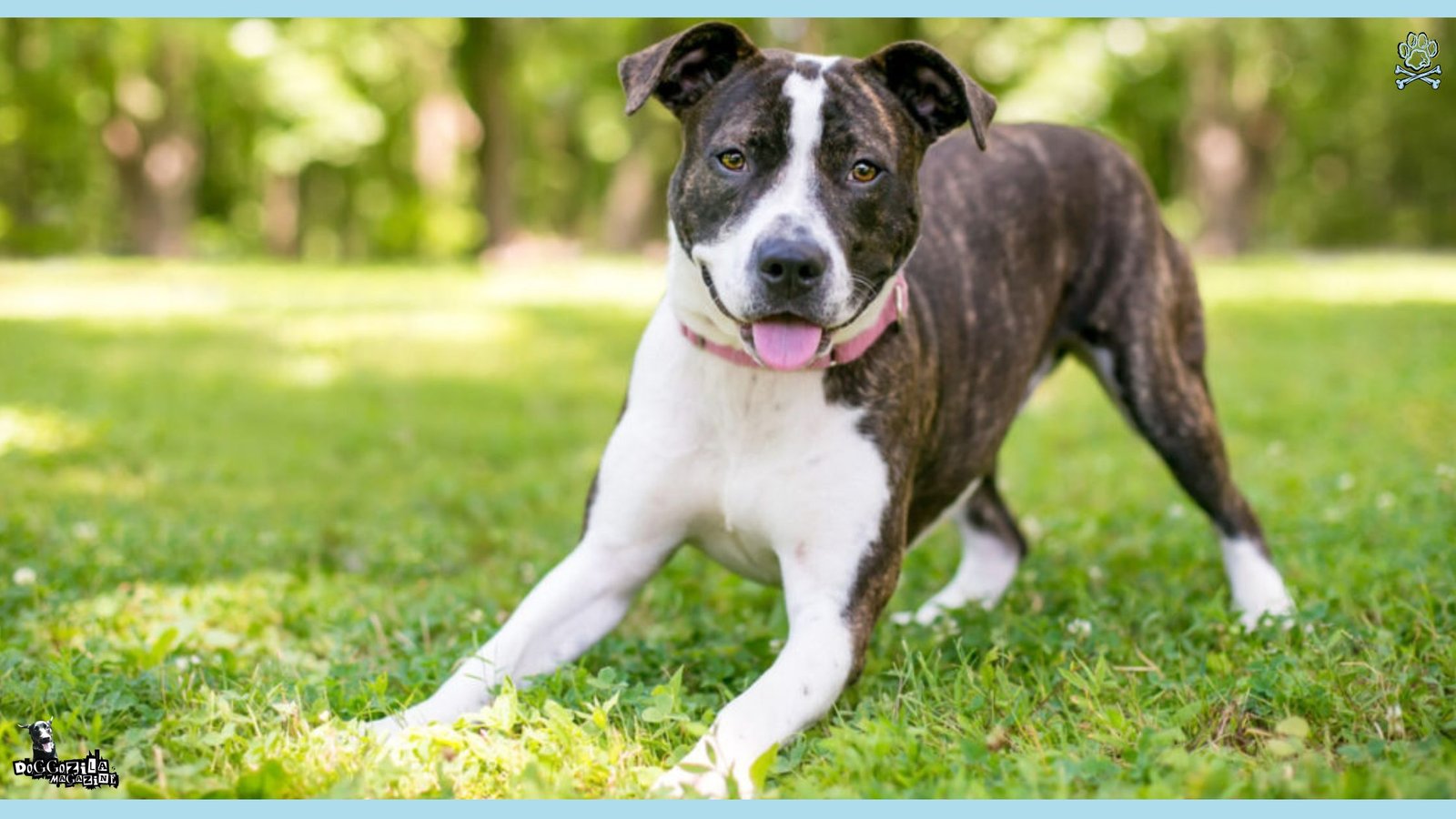
UNDERSTAND YOUR DOG’S BODY LANGUAGE
First of the 10 essential dog behavior tips is to understanding your dog’s body language. This is the cornerstone of building a strong, communicative relationship. Dogs communicate volumes through subtle physical cues that many owners unknowingly miss. Our guide on how dogs communicate reveals that dog communication is far more complex than simple tail wagging or barking.
Every movement, ear position, and posture tells a story about your dog’s emotional state. Tail position and movement, for instance, can indicate everything from excitement to anxiety. A tail held high and wagging loosely suggests confidence and happiness, while a tucked tail might signal fear or submission.
What Are The Key Body Language Signals To Watch?
- Ears pointed forward: Alertness and curiosity
- Ears flattened against head: Fear or submission
- Direct eye contact: Potential challenge or aggression
- Avoiding eye contact: Submission or discomfort
Learning to read these signals requires patience and practice. Veterinary behaviorists suggest observing your dog in different environments to understand their unique communication style. According to research from the American Kennel Club, context matters significantly when interpreting canine signals.
Pay attention to the entire body, not just one isolated signal. A wagging tail doesn’t always mean happiness, just as a growl doesn’t always indicate aggression. Holistic observation is key to truly understanding what your dog is communicating.
🔑 What To Remember: With consistent observation and learning, you’ll develop an intuitive understanding of your dog’s emotional landscape, strengthening your bond and improving communication.
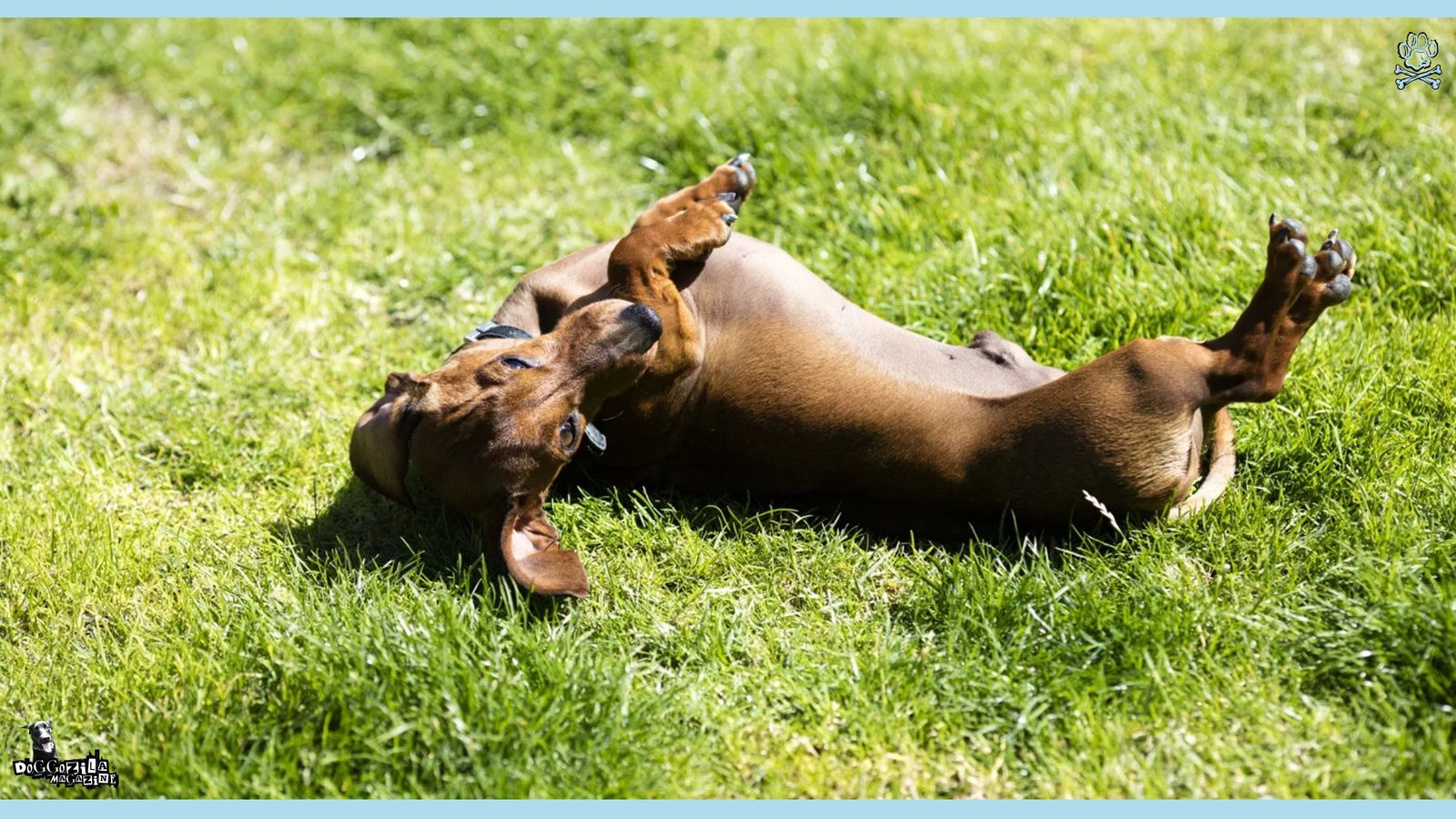
ESTABLISH A CONSISTENT ROUTINE
Second of the 10 essential dog behavior tips is consistent routine. Consistency is the backbone of effective dog behavior management. Dogs thrive on predictability, and establishing a structured daily routine helps reduce anxiety, minimize behavioral problems, and create a sense of security for your furry companion. Our comprehensive guide on dog happiness emphasizes how routine directly impacts a dog’s emotional well being.
A well-designed routine provides mental and physical stability. This doesn’t mean rigidity, but rather a predictable framework that your dog can understand and anticipate. Feeding, walking, training, and sleeping times should follow a relatively consistent schedule.
What Are The Essential Routine Components?
- Regular meal times at the same hours each day
- Consistent walking and exercise schedules
- Designated play and training periods
- Predictable bedtime and wake-up times
According to behavioral research from the Canine Behavior Academy, dogs who experience consistent daily patterns demonstrate lower stress levels and exhibit fewer destructive behaviors. The routine acts as a psychological anchor, helping dogs understand what to expect and reducing their overall anxiety.
When implementing a new routine, gradual introduction is key. Sudden dramatic changes can cause confusion and potential behavioral setbacks. Start by making small, incremental adjustments, allowing your dog time to adapt and feel comfortable with each modification.
Remember that individual dogs have unique personalities and may require slight routine variations. Observe your dog’s response, remain flexible, and be willing to make minor adjustments that suit their specific needs and temperament.
🔑 What To Remember: A personalized, consistent routine will ultimately strengthen your bond and promote a harmonious living environment.
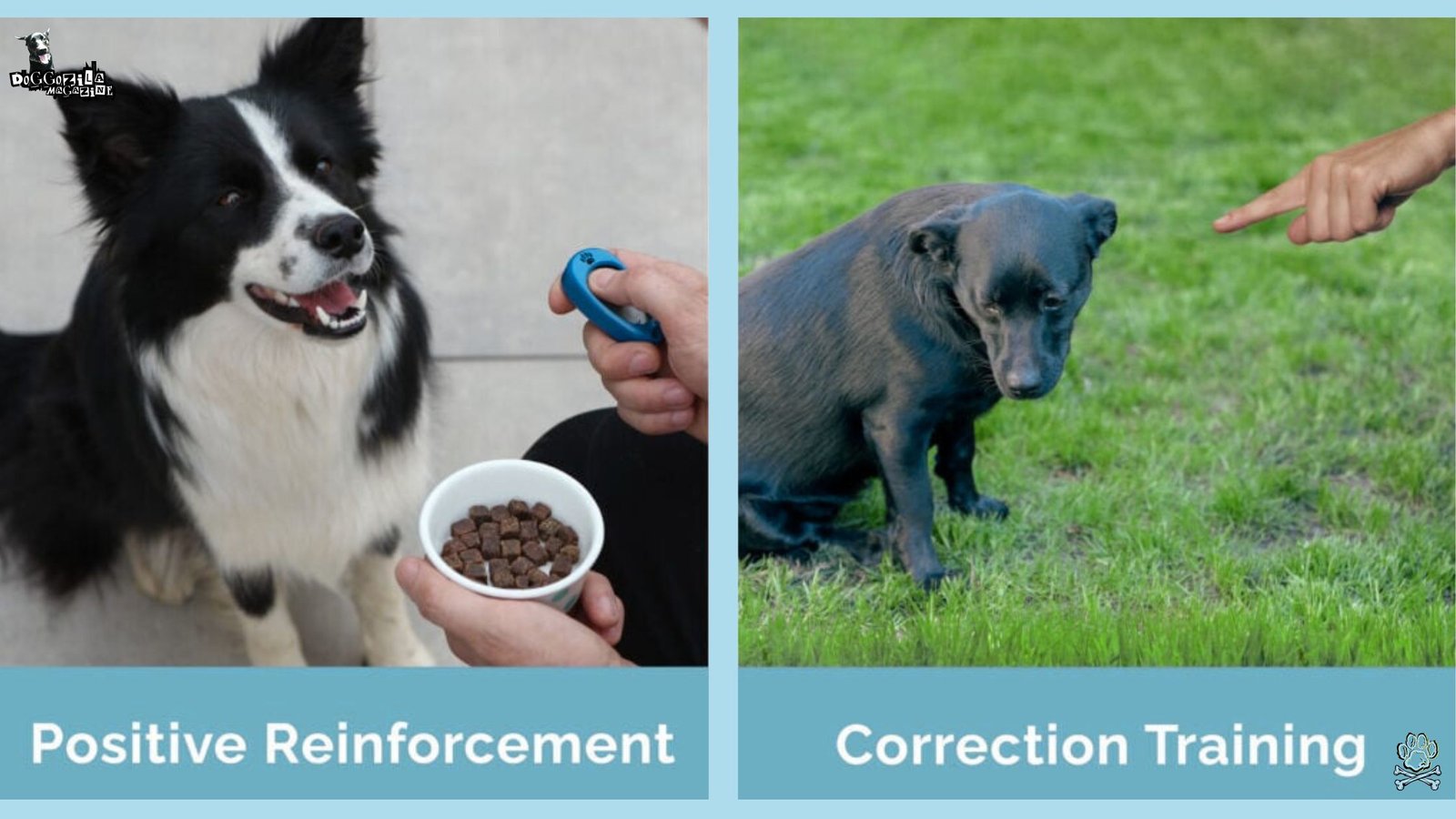
USE POSITIVE REINFORCEMENT TECHNIQUES
Third of the 10 essential dog behavior tips is positive reinforcement. These techniques represents the most effective and humane approach to dog training, creating stronger bonds and more reliable behavioral outcomes. Rewarding good behavior instead of punishing undesirable actions helps dogs understand expectations while maintaining their confidence and enthusiasm.
The core principle involves immediately acknowledging and rewarding desired behaviors, which encourages dogs to repeat those actions. Our guide on understanding dog communication highlights how dogs respond remarkably well to clear, consistent positive feedback.
What Are The Key Positive Reinforcement Strategies?
- Using high value treats during training sessions
- Offering immediate verbal praise
- Providing physical affection like petting or brief play
- Maintaining an excited, encouraging tone of voice
According to research from the Journal of Veterinary Behavior, dogs trained with positive reinforcement demonstrate faster learning, reduced stress, and more reliable long term behavioral compliance compared to punishment based methods. Timing is critical in positive reinforcement.
The reward must come within seconds of the desired behavior, helping your dog make a clear connection between their action and the positive outcome. Consistency is equally important your dog needs to receive the same response for the same behavior every time. Avoid common mistakes like inconsistent rewards or accidentally reinforcing unwanted behaviors. Always be mindful of what specific actions you are truly encouraging.
🔑 What To Remember: Patience, persistence, and genuine enthusiasm will transform your training approach, creating a trusting and cooperative relationship with your canine companion.
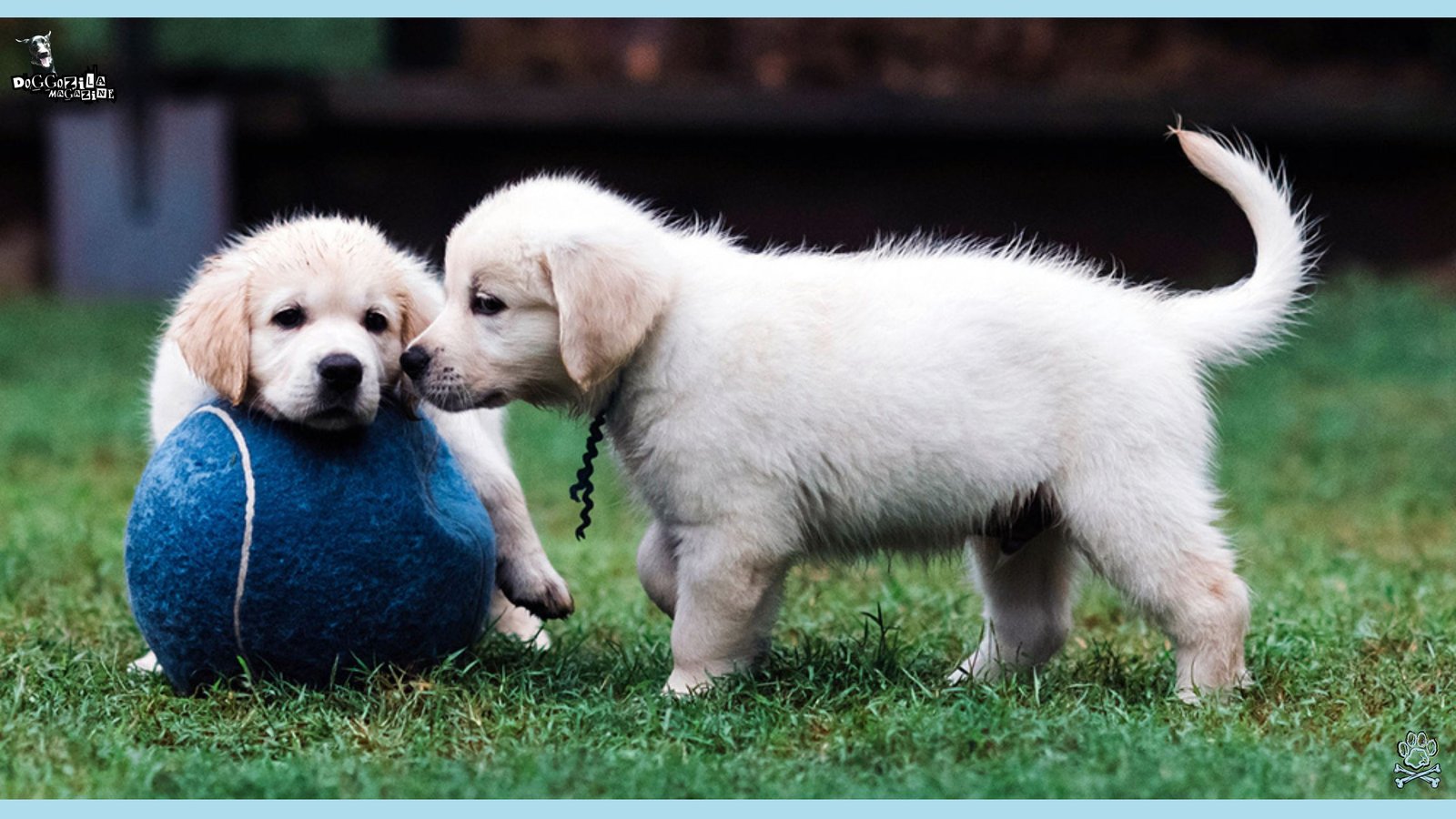
SOCIALIZE YOUR DOG EARLY AND OFTEN
Fourth of the 10 essential dog behavior tips is to socialize your dog early and often. Socialization is the foundation of a well-adjusted, confident dog. This critical process involves exposing your puppy to diverse people, animals, environments, and experiences during their early developmental stages. Explore our comprehensive guide on dog socialization to understand the nuanced approach required for successful integration.
The critical socialization window occurs between 3 and 16 weeks of age, where puppies are most receptive to new experiences. During this period, positive interactions shape their future behavioral patterns and emotional responses. Negative or traumatic experiences can have long lasting psychological impacts.
What Are The Key Socialization Strategies?
- Introducing your puppy to various people of different ages, appearances, and clothing
- Exposing them to different environments like parks, streets, and indoor spaces
- Arranging controlled interactions with other vaccinated, well-behaved dogs
- Creating positive associations with novel sounds, textures, and stimuli
According to research from the American Veterinary Society of Animal Behavior, puppies who undergo comprehensive socialization are significantly less likely to develop fear based aggression or anxiety disorders later in life. Controlled, gradual exposure is paramount. Overwhelming your puppy with too many stimuli simultaneously can trigger fear responses.
Each interaction should be brief, positive, and tailored to your dog’s comfort level. Watch for signs of stress and be prepared to remove them from overstimulating situations. Remember that socialization is an ongoing process. Continuing to expose your dog to new experiences throughout their life maintains their adaptability and emotional resilience.
🔑 What To Remember: Patience, consistency, and positive reinforcement will help your dog become a confident, well-adjusted companion.
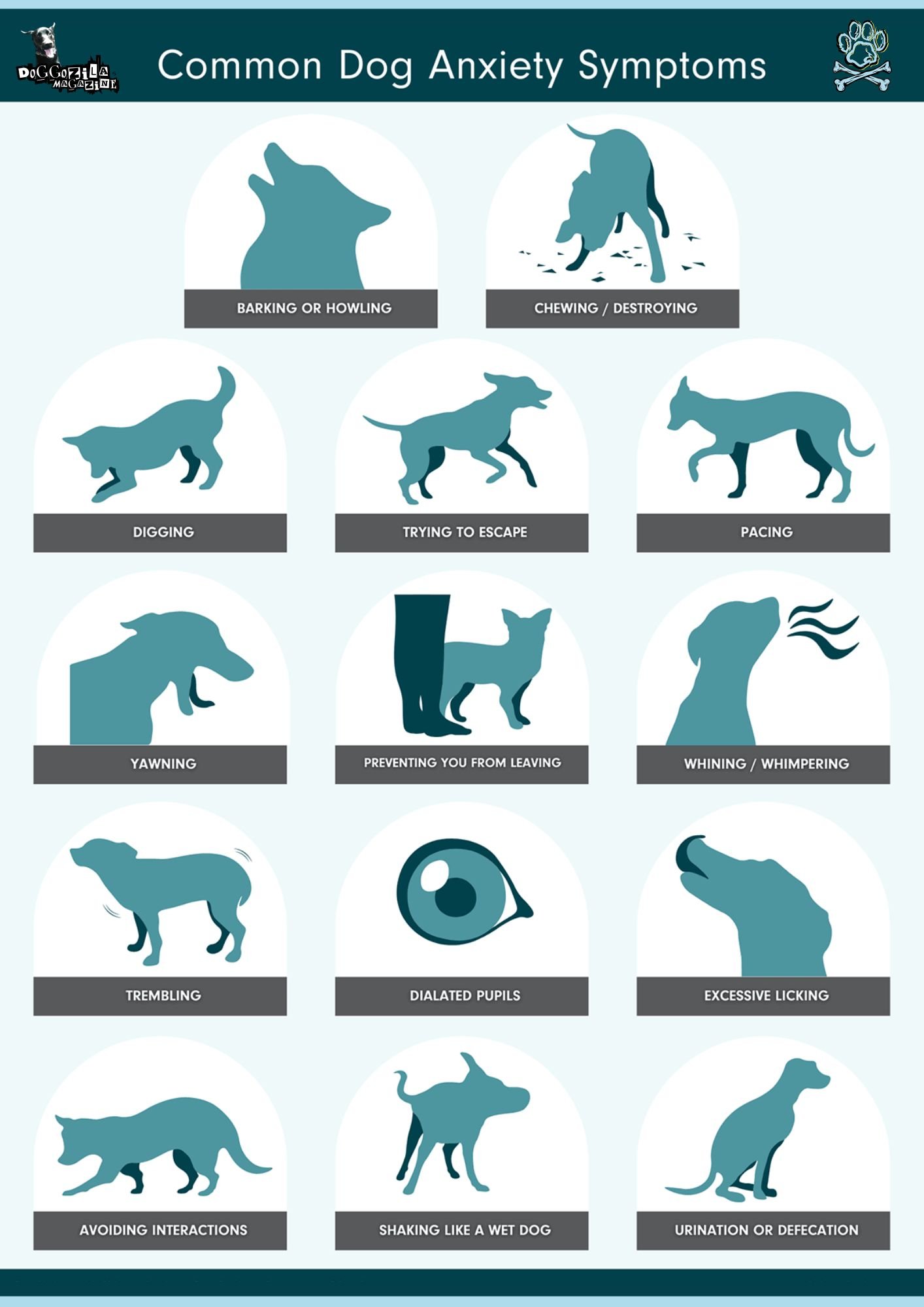
RECOGNIZE SIGNS OF STRESS AND ANXIETY
Understanding your dog’s stress signals is crucial for maintaining their mental and physical health. Dogs experience anxiety differently from humans, and their communication can be subtle yet significant. Our guide on how dogs express emotions provides deeper insights into their complex emotional landscape.
Fifth of the 10 essential dog behavior tips is to always recognize the signs of stress and anxiety in your dogs. Stress in dogs manifests through various physical and behavioral indicators that owners must learn to recognize. Early identification prevents potential behavioral escalations and helps create a supportive environment for your canine companion.
What Are The Most Common Stress And Anxiety Signals?
- Excessive panting without physical exertion
- Frequent yawning in non-sleepy situations
- Tail tucking or held low
- Excessive licking or self-grooming
According to veterinary behavioral research from the Journal of Veterinary Medicine, prolonged stress can lead to serious health complications, including compromised immune function and increased susceptibility to illness.
Triggers for canine anxiety vary widely, ranging from environmental changes and loud noises to separation from owners or new social interactions. Some dogs may display more pronounced reactions like trembling, hiding, or unexpected aggression when feeling overwhelmed.
Effective stress management involves creating a predictable, calm environment and gradually desensitizing your dog to potential anxiety triggers. Professional consultation with a veterinary behaviorist can provide tailored strategies for dogs experiencing persistent or severe anxiety.
🔑 What To Remember: Patience, consistent positive reinforcement, and understanding will help your dog feel secure and emotionally balanced.

TEACH YOUR DOG THE BASIC COMMANDS FOR BETTER CONTROL
Sixth of the 10 essential dog behavior tips are the basic commands. Basic command training is fundamental to establishing clear communication and safety with your dog. These essential skills provide structure, build mutual understanding, and can potentially prevent dangerous situations. Our comprehensive dog communication guide emphasizes the importance of consistent, clear language between dogs and their owners.
Training goes beyond simple obedience it creates a framework for mutual respect and understanding. Commands are not just about control, but about creating a shared language that strengthens your relationship and ensures your dog’s safety in various environments.
What Are The Essential Commands Every Dog Should Learn?
- Sit: Establishes immediate focus and control
- Stay: Prevents impulsive actions in potentially risky situations
- Come: Critical for recall and preventing dangerous encounters
- Leave it: Stops dogs from engaging with harmful objects or substances
According to research from the American Kennel Club, dogs trained with positive reinforcement techniques learn commands faster and retain them more effectively than those trained using punitive methods. Consistency is the key to successful command training. Each family member must use identical verbal cues and hand signals to avoid confusing the dog.
Short, frequent training sessions work better than long, infrequent ones. Start in a quiet environment with minimal distractions, gradually increasing complexity as your dog becomes more proficient. Remember that every dog learns differently. Patience, positive reinforcement, and adapting your training approach to your dog’s unique personality will yield the best results.
🔑 What To Remember: Training is an ongoing process that continues throughout your dog’s life, building a stronger, more communicative relationship with each successful command.
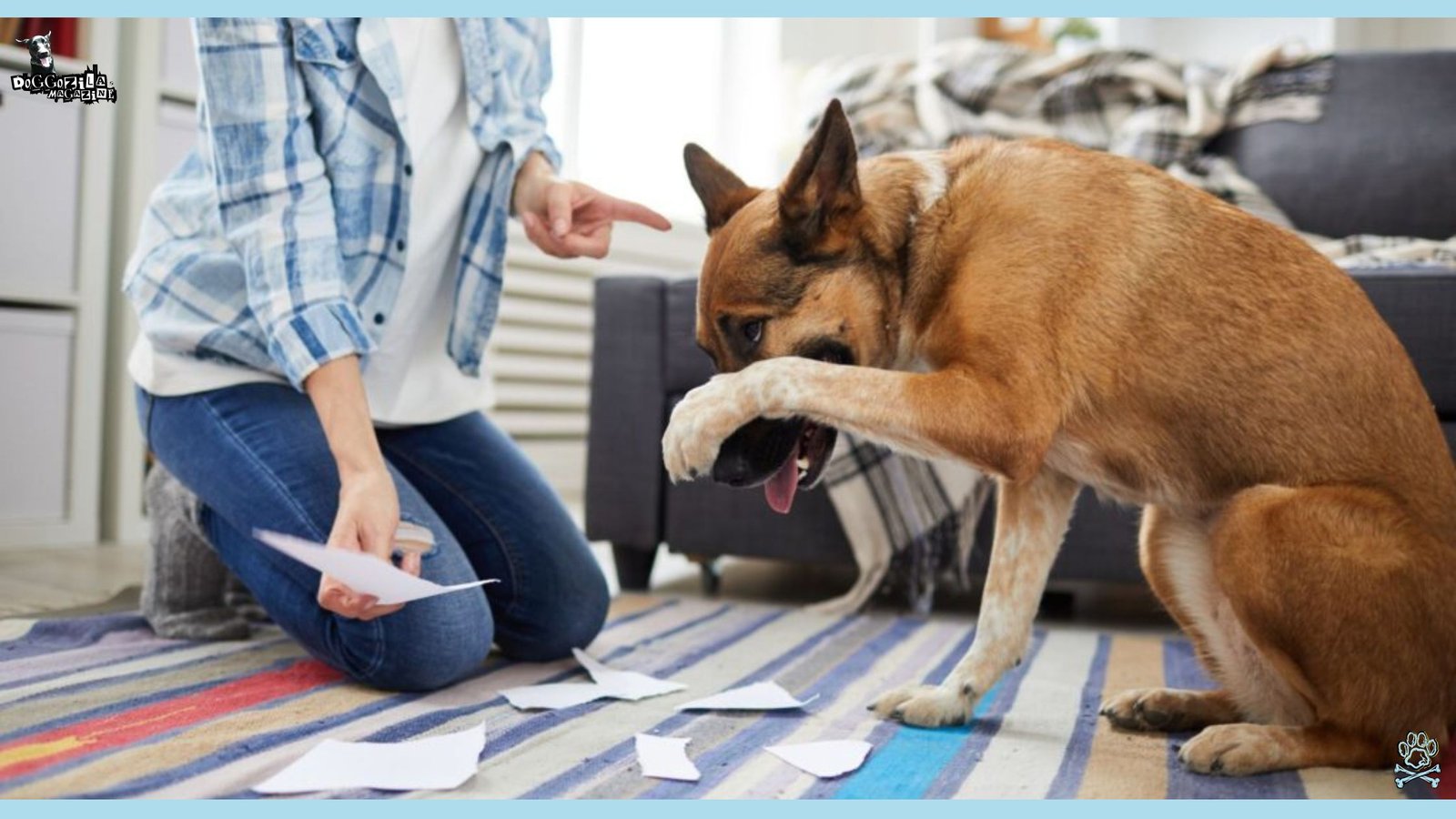
REDIRECT UNWANTED DOG BEHAVIORS EFFECTIVELY
Seventh on the list of the 10 essential dog behavior tips is redirecting of the unwanted behaviors. Addressing unwanted dog behaviors requires strategic, positive intervention. Understanding the root cause of problematic actions is crucial for effective redirection. Our guide on understanding dog communication highlights how seemingly destructive behaviors often stem from unmet emotional or physical needs.
They are typically signals of underlying issues such as boredom, anxiety, excess energy, or lack of proper training. Punishment is rarely an effective long term solution and can damage the trust between you and your dog.
What Are The Most Common Behavioral Challenges And Redirection Strategies?
- Chewing: Provide appropriate chew toys and remove forbidden items
- Excessive barking: Identify triggers and teach alternative quiet behaviors
- Jumping: Consistently ignore and redirect to calm sitting
- Digging: Create designated digging areas and increase exercise
According to behavioral research from the Veterinary Behavior Association, successful behavior modification involves understanding the motivational context of the action and providing constructive alternatives. Consistency and patience are paramount in behavior redirection. Each time an unwanted behavior occurs, immediately guide your dog toward a more appropriate action.
Reward the desired behavior instantly to reinforce the positive alternative. This approach helps your dog understand what you expect, gradually replacing problematic actions with constructive ones. Remember that some behaviors might indicate deeper issues requiring professional intervention.
🔑 What To Remember: If redirecting strategies consistently fail, consulting a professional dog behaviorist can provide targeted strategies tailored to your dog’s specific needs and personality.
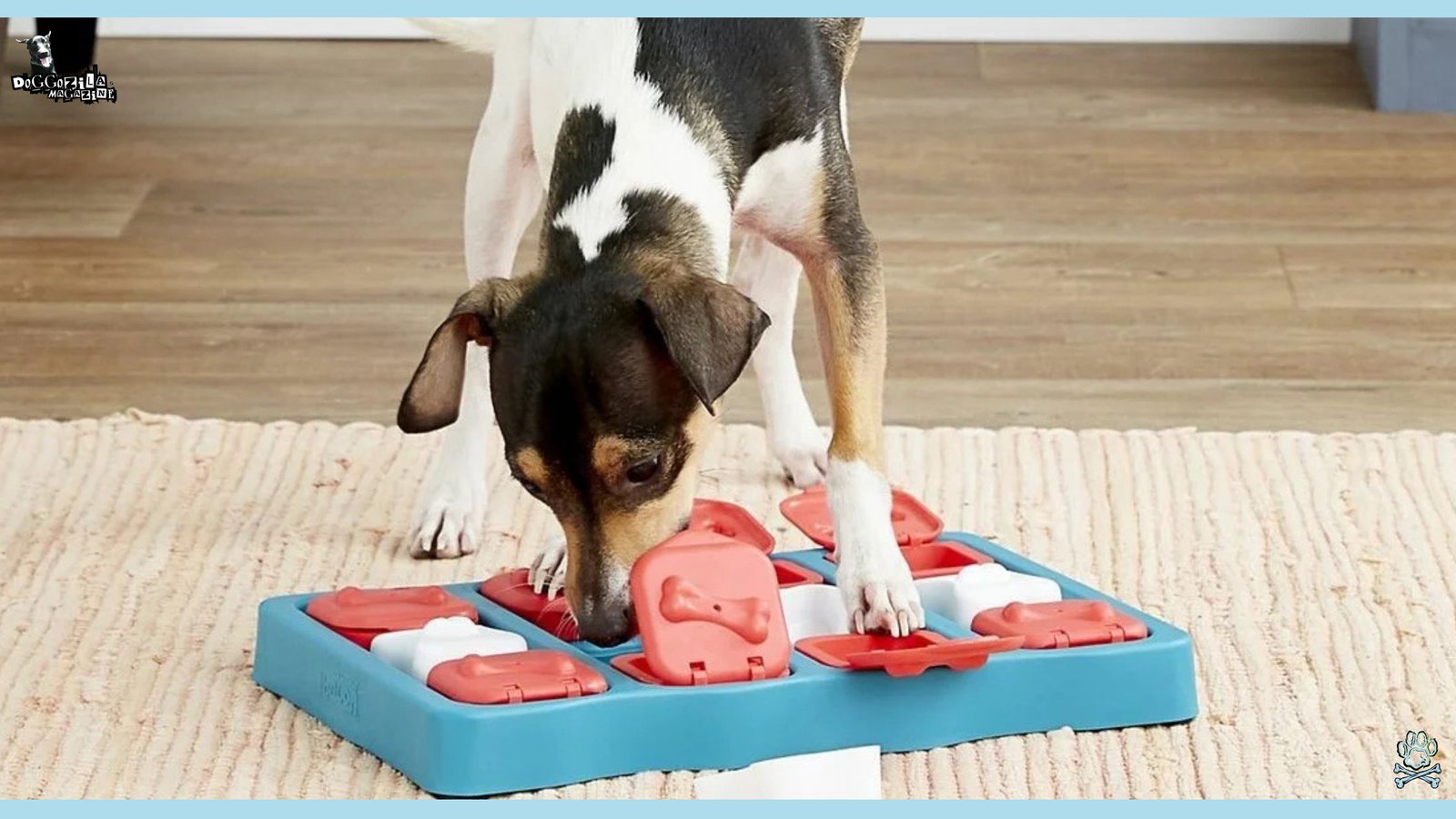
PROVIDE MENTAL STIMULATION AND ENRICHMENT
Next of the 10 essential dog behavior tips is mental stimulation and enrichment. Mental stimulation is as crucial for dogs as physical exercise. Without adequate cognitive challenges, dogs can develop destructive behaviors, anxiety, and depression. Our guide on understanding how dogs communicate reveals the intricate connection between mental engagement and overall canine well being.
Dogs are intelligent, social creatures that require continuous mental challenges to maintain their psychological health. Boredom can be more detrimental to a dog’s behavior than many owners realize. Mental enrichment helps prevent problematic behaviors by keeping their minds active and engaged.
What Are The Most Effective Mental Stimulation Strategies?
- Interactive puzzle toys that dispense treats
- Scent tracking and nosework games
- Training sessions teaching new tricks
- Rotating toy collections to maintain novelty
According to research from the Journal of Veterinary Behavior, dogs receiving regular cognitive challenges demonstrate lower stress levels, improved problem solving skills, and enhanced overall behavioral stability. Variety is key in mental enrichment. Different activities engage various cognitive skills dogs possess.
Some dogs excel at problem solving puzzles, while others might prefer interactive games with their owners. Observe your dog’s preferences and tailor enrichment activities accordingly. Consistent mental stimulation not only prevents boredom but also strengthens the bond between you and your dog. Short, frequent sessions are more effective than infrequent, lengthy ones.
🔑 What To Remember: By investing time in your dog’s cognitive development, you create a more balanced, happy, and well adjusted companion.
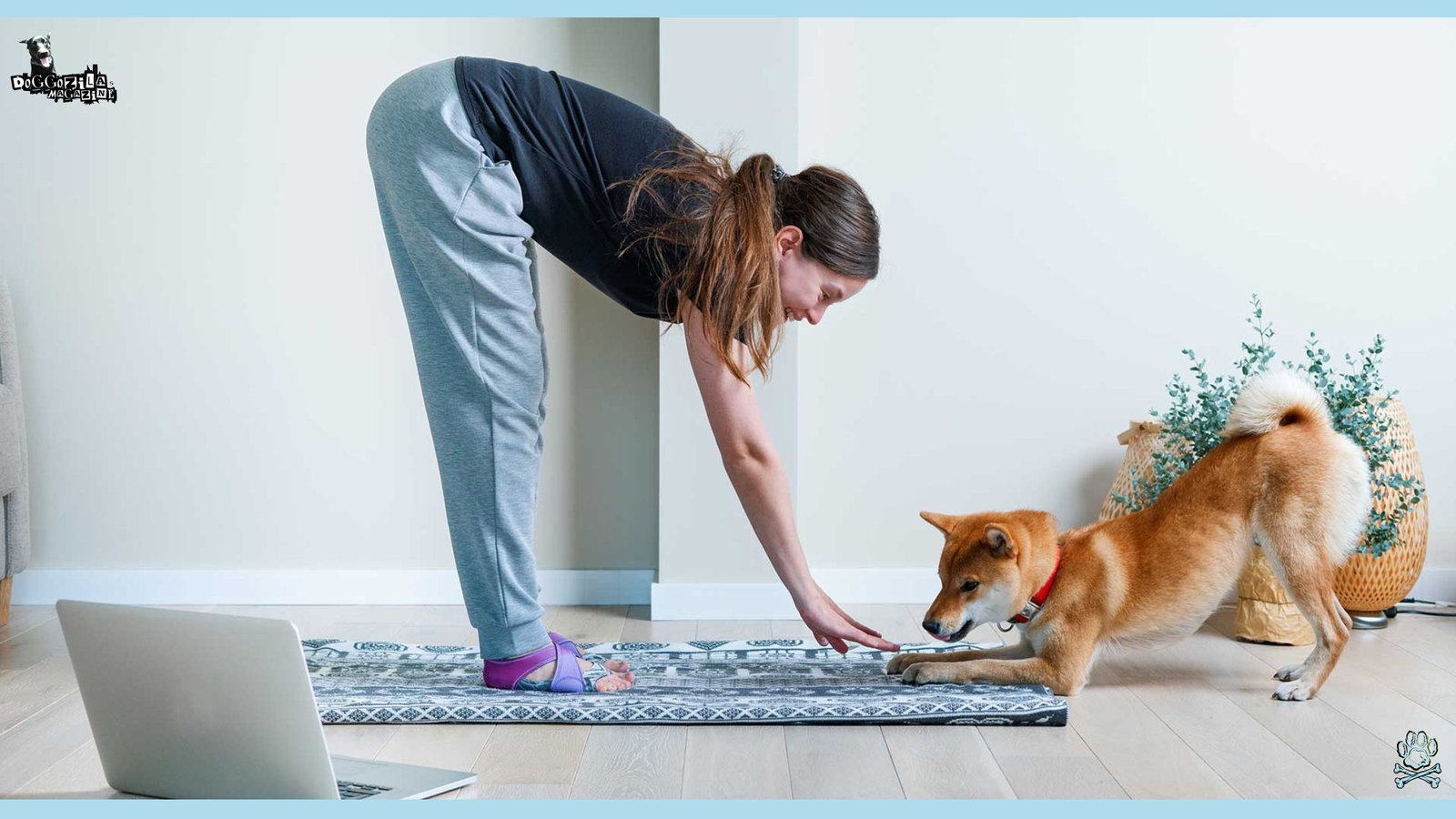
KNOW THE IMPORTANCE OF DOG EXERCISE
Next-to-last from the list of the 10 essential dog behavior tips are exercise and play. Regular exercise is fundamental to maintaining your dog’s physical and mental health. Beyond simple physical activity, exercise plays a critical role in managing behavior, preventing obesity, and supporting overall well-being. Our comprehensive guide on dog happiness emphasizes the profound connection between physical activity and canine emotional balance.
Exercise needs vary dramatically across different breeds, ages, and individual dog characteristics. A sedentary lifestyle can lead to numerous health complications, including weight gain, muscle atrophy, cardiovascular issues, and increased behavioral problems like destructive chewing or excessive barking.
What Are The Key Exercise Considerations For Dogs?
- Matching activity level to breed and age requirements
- Incorporating both structured walks and free play
- Providing varied physical activities
- Monitoring intensity based on individual dog’s fitness
According to veterinary research from the American Kennel Club, dogs require different exercise intensities depending on their breed, with working and sporting dogs needing significantly more physical activity compared to smaller companion breeds. Quality matters more than quantity in dog exercise. High-intensity, short duration activities can be more beneficial than prolonged, low-energy walks.
Interactive play, such as fetch or agility training, provides both physical movement and mental stimulation. Always monitor your dog’s breathing, energy levels, and overall comfort during exercise. Consult with your veterinarian to develop an exercise plan tailored to your dog’s specific needs, considering factors like age, breed, health conditions, and individual energy levels.
🔑 What To Remember: A well-designed exercise routine promotes longevity, prevents obesity, and supports your dog’s overall quality of life.

SEEK PROFESSIONAL HELP WHEN NEEDED
The last of the 10 essential dog behavior tips is to know when to ask for help. Recognizing when professional intervention is necessary represents a sign of responsible dog ownership. Not all behavioral challenges can be resolved through personal efforts alone. Our guide on understanding dog communication underscores the complexity of canine behavior and the importance of expert guidance.
Professional help becomes crucial when behavioral issues persist or escalate despite consistent training and management attempts. Some problems require specialized knowledge and targeted intervention that go beyond standard training techniques.
What Are The Significant Indicators For Seeking Professional Help?
- Aggressive behaviors toward humans or other animals
- Extreme anxiety or fear responses
- Persistent destructive behaviors
- Sudden unexplained changes in behavior
According to research from the Veterinary Behavior Association, early professional intervention can prevent minor behavioral issues from developing into more complex psychological problems. Different professionals offer specialized support.
Veterinary behaviorists provide medical and psychological insights, while professional dog trainers focus on practical behavior modification techniques. Some situations might require collaboration between veterinarians, behaviorists, and trainers to address complex behavioral challenges comprehensively.
Remember that seeking help is not an admission of failure but a proactive approach to understanding and supporting your dog’s unique needs. Professional guidance can provide tailored strategies, helping you build a stronger, more harmonious relationship with your canine companion.
🔑 What To Remember: Trust your instincts and prioritize your dog’s emotional and psychological well-being.
10 Essential Dog Behavior Tips, Key Actions For Owners, And Benefits
Below is a comprehensive table summarizing the 10 essential dog behavior tips, key actions for owners, and benefits for both you and your dog discussed throughout the article.
| Tip / Principle | Key Actions for Owners | Main Benefits |
| Understand Your Dog’s Body Language | Observe tail, ears, posture; interpret signals holistically | Improved communication and deeper human-dog bond |
| Establish a Consistent Routine | Set regular times for meals, walks, play, and sleep | Reduces anxiety; promotes security and fewer behavioral problems |
| Use Positive Reinforcement Techniques | Reward good behavior instantly with treats, praise, or affection | Encourages learning, confidence, trust, and long-term behavior change |
| Socialize Your Dog Early and Often | Gradually expose to new people, pets, and environments during puppyhood | Builds confidence and prevents fear-based or aggressive behaviors |
| Recognize Signs of Stress and Anxiety | Watch for panting, yawning, tail tucking, and self-grooming | Allows early intervention and stress reduction for well-being |
| Teach Basic Commands for Better Control | Train sit, stay, come, and leave it using short, positive sessions | Improves safety, reliability, and strengthens understanding |
| Redirect Unwanted Behaviors Effectively | Identify behavior causes; offer alternatives; reward desired behaviors | Reduces problematic actions and builds constructive habits |
| Provide Mental Stimulation and Enrichment | Use puzzle toys, nosework, trick training, and rotate activities | Prevents boredom, curbs destructive tendencies, and enhances happiness |
| Know the Importance of Exercise | Match activities to breed/age; combine walks, play, and active games | Supports physical health, reduces obesity risk, and decreases frustration |
| Seek Professional Help When Needed | Consult trainers/behaviorists when issues persist or escalate | Addresses complex problems and ensures the best care for your dog |
Unlock All 10 Essential Behavior Tips With Doggozila’s Trusted Solutions
Struggling to understand your dog’s unique needs or manage challenging behaviors at home? The article “10 Essential Dog Behavior Tips for Every Owner” highlighted how difficult it can be to read canine body language, set routines, use positive reinforcement, and keep your dog mentally stimulated. Even the most dedicated owners can find themselves overwhelmed by stress signals, training setbacks, or a lack of clear communication. These problems do not need to hold you back from having a happier and more harmonious relationship with your dog.

Take the next step toward real progress on your dog parenting journey. At Doggozila.com, you will find not just expert advice and in-depth guides, but also practical tools and quality products to make every tip in this article easy to apply. Whether you are interested in our dog training resources, wanting innovative toys and enrichment to keep your companion sharp, or looking for essential dog supplies and safety equipment, everything is curated to improve your dog’s daily life and behavior. Visit our site now to discover how our proven solutions can help you build a true partnership with your canine friend.
FREQUENTLY ASKED QUESTIONS ABOUT THE ESSENTIAL DOG BEHAVIOR TIPS
Top 5 Recommended Articles
- 5 Things That Dogs First Notice About Their Owners
- How To Train Your Dog In 5 Easy Steps!
- Healthy Habits for a Happy Dog Life
- How To Train Your Dog Effectively
- Five Things Your Dog Is Trying To Tell You
Your dog isn’t giving you a hard time, they’re having a hard time communicating.

The most powerful tool you have isn’t a treat bag or a leash, it’s your willingness to listen in a language they understand.




